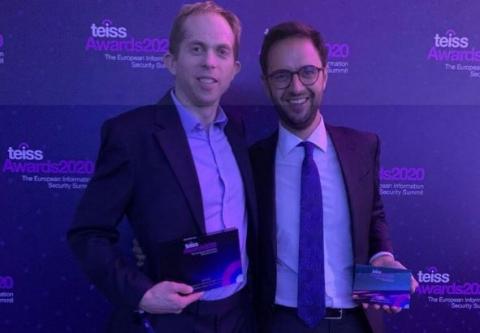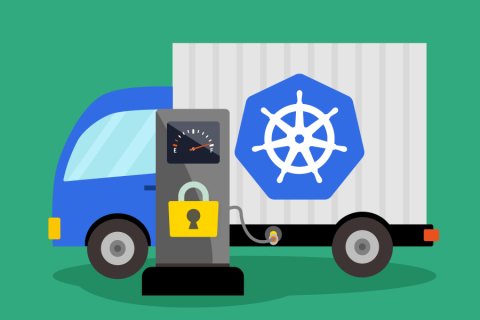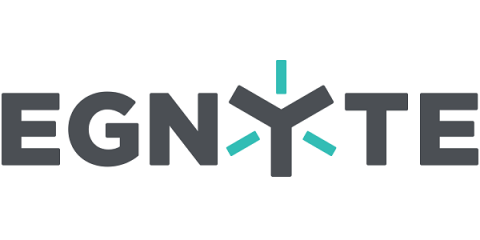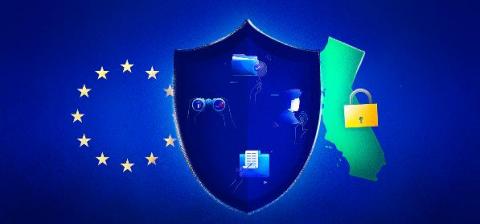MOSE: Using Configuration Management for Offensive and Defensive Security
Post-exploitation can be one of the most time-consuming but worthwhile tasks that an offensive security professional engages in. Fundamentally, it is where you are able to demonstrate what an adversary may do if they compromise a business. A big component of this is trying to get as far as you can without alerting the defenders to what you’re doing.










